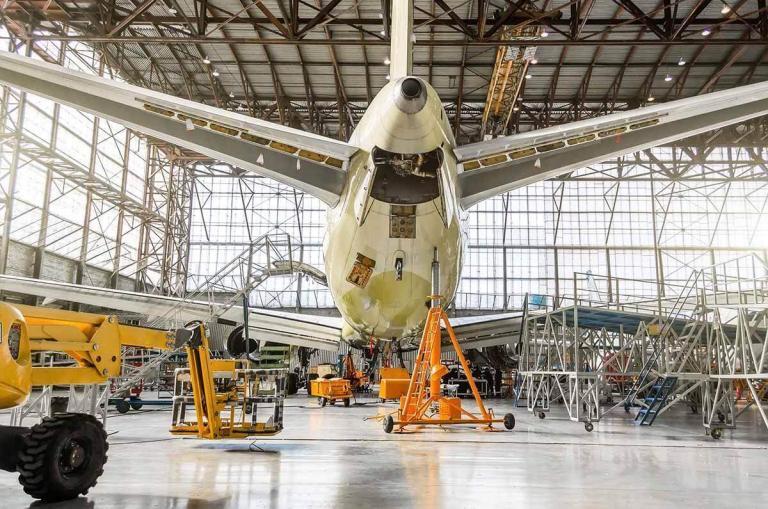New analysis from Frost & Sullivan’s commercial vehicle research finds that electronically controlled transmissions (ECTs) are expected to experience strong adoption going into 2025, with AMTs and automatic transmissions (AT) expanding at CAGRs of 12.5% and 7.7% respectively from the 2015 base level. Better fuel economy, narrowing price difference with manual transmissions (MTs) due to improving economies of scale, along with exacerbating skilled driver shortage and increasing level of automated driving across developed economies are expediting the adoption of ECTs such as AMT and AT. Adoption of ECT will gather great momentum as the premium and value truck segments grow to capture 69% of the global medium duty-heavy duty (MD-HD) truck market by 2025.
In view of the greater focus on TRIAD markets to improve fuel efficiency and cut emissions, OEMs are resorting to a variety of advanced fuel saving technologies. Of these, engine downspeeding and engine downsizing have a direct impact on the transmission type. Downspeeding results in higher torque at cruise speeds, thereby increasing the torque ranges to be handled by the transmission. This drives the demand for ECTs that can avoid the damage caused to transmission through improper operation, as in the case of manual transmissions. AMTs are the most favoured transmission type by HD truck manufacturers to support a downsped engine. With engine downsizing, however, torques reduce and consequently ATs are favoured to help make up for the loss. On the powertrain front, apart from downsizing and downspeeding in North America and Europe, the growing adoption of natural gas is yet another trend that fuels ECT adoption. As current natural gas engines are in the 8-11 litre displacement range, ATs are favoured for meeting the torque requirements across various heavy-duty applications.
China, North America (NA), and the European Union (EU) are expected to be the top 3 markets for ECTs, accounting for 24%, 24%, and 18% respectively of the global ECT market in 2025. Demand for MTs will be primarily sustained by the low-cost truck market, which will continue to account for more than 30% of the global MD-HD truck market. China, India, Africa, the Middle East, and the ASEAN (Association of Southeast Asian Nations) are together expected to account for more than 79% of the global MT market in 2025.
Additionally, driver shortage, health, wellness, and wellbeing factors, combined with the increase in truck automation, are driving the demand for ECTs. It is, therefore, imperative that OEMs and Tier 1 market participants be prepared to support the migration towards AMTs and ATs.
ECTs currently have an incremental cost of $600–$10,000 over manual transmissions. This high cost is a primary factor impeding the mass adoption of ECT. However, benefits from the economies of scale in the wake of the growing demand, along with the establishment of production centres in low-cost regions, will help transmission suppliers price ECTs attractively.
Of consequence to the overall ecosystem is the fact that engine and transmissions are no longer considered disparate components. The integrated development of engines, transmissions, and driveline is seen as a key strategy for improving fuel efficiency. This will thrust truck original equipment manufacturers (OEMs) towards vertical integration and/or greater collaboration with Tier-1 transmission suppliers. Moreover, stakeholders in the truck transmission market must develop new business models in an increasingly digitized world. The current industry focus is on telematics services that aid prognostics and safety. A case in point is ZF’s Diagnostic App, Openmatics, which monitors the operation (load classes, speed profiles, route profiles) of ZF-EcoLife Transmission and enables better predictive maintenance.




